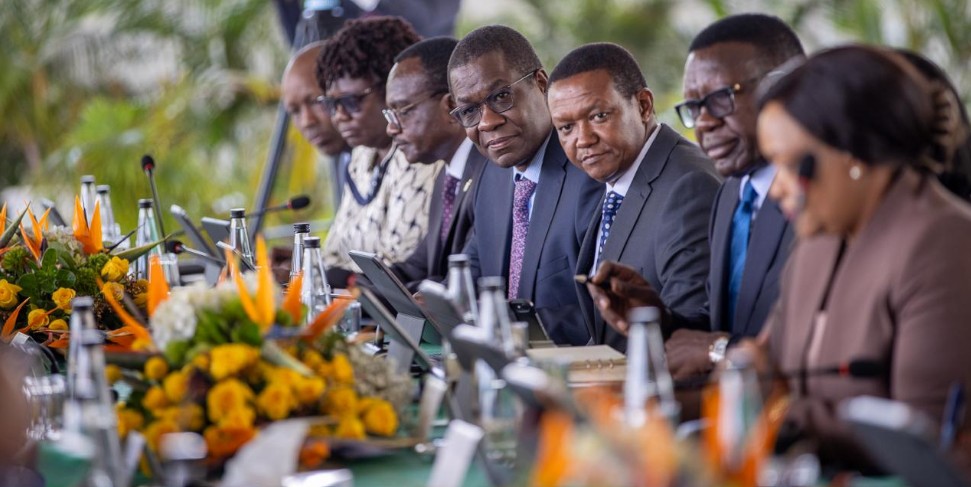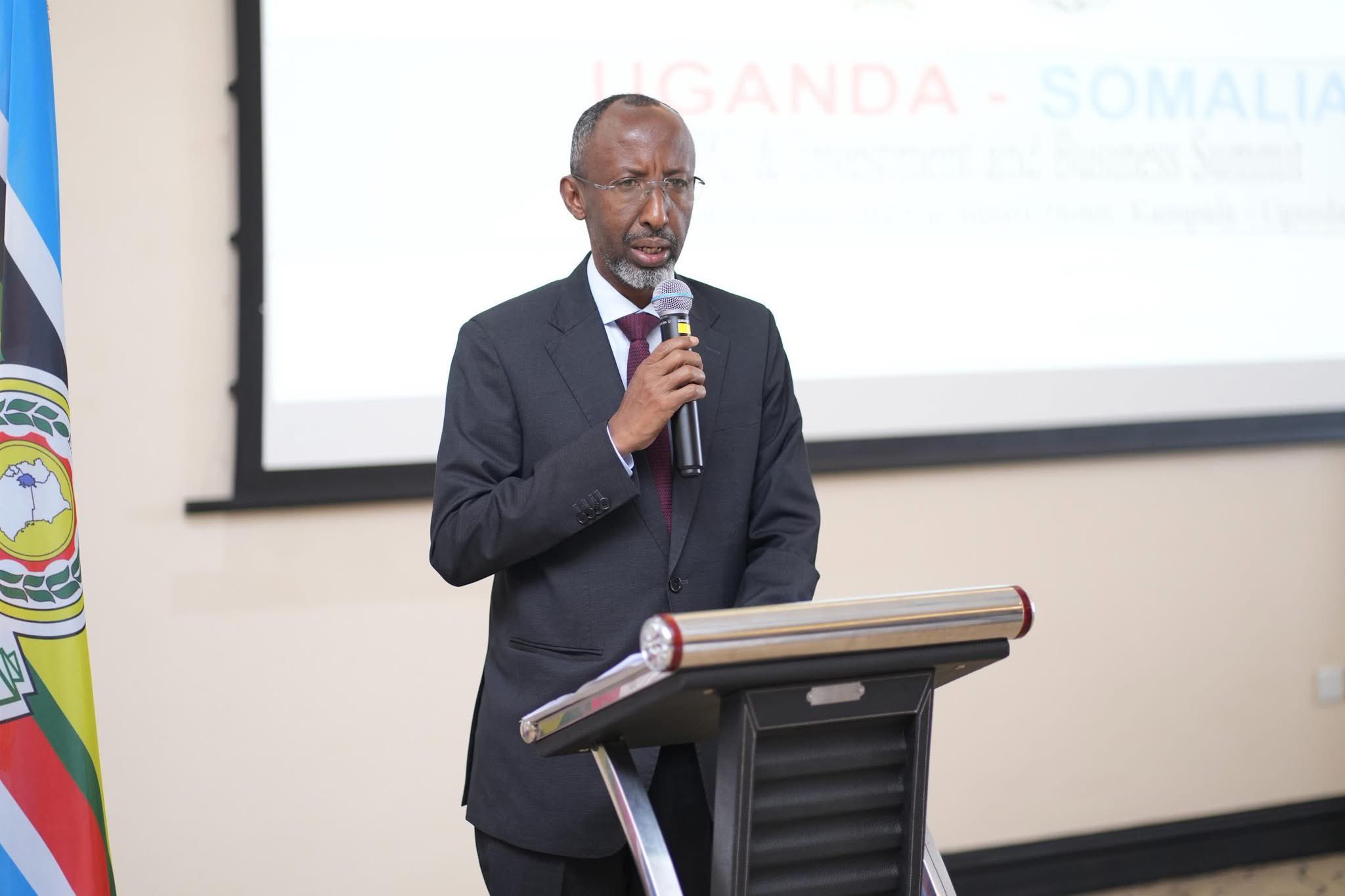Somalia miraa market shrinks sharply as Kenya’s exports drop by 17 per cent

Kenya has 55,281 acres dedicated to miraa, with Meru and Embu covering 88.4 per cent of the total. Other notable growing areas include Kirinyaga, Tharaka Nithi and Marsabit.
Kenya’s miraa growers are facing a tough year as exports to Somalia, the country’s main foreign market, fell by almost 17 per cent in the first half of 2025.
The Agriculture and Food Authority (AFA) says the decline, from 2.1 million kilogrammes last year to 1.7 million kilogrammes, is linked to rising Ethiopian competition and restrictive trade policies in Somalia.
More To Read
- Edible oil imports climb to Sh26 billion on global price hikes
- Kenya exports up to 17 tonnes of miraa daily to Somalia, government confirms
- AFA orders macadamia traders to declare stocks ahead of harvest ban
- AFA to digitise all fibre import permits by January 2026
- Miraa Bill sparks debate over public health concerns, livelihoods in Wajir
- State halts sea shipment of avocados over low volumes
“Miraa exports to Somalia fell amid heightened Ethiopian competition. Miraa remains a key economic crop in Meru, Embu and Tharaka Nithi, supporting thousands of farmers, traders and transporters. It is consumed locally and exported, mainly to Somalia, despite market restrictions,” AFA said.
Monthly figures show the lowest export volume was in February at 199,860 kilogrammes, while May saw the highest at 356,427 kilogrammes.
The challenges for Kenya’s miraa followed Somalia’s 2023 decision to give Ethiopia ten days of exclusive market access each month, a move that Kenyan farmers opposed, arguing that Ethiopian traders should compete fairly.
Ethiopia had requested the special access, claiming Kenya had dominated the market, while Kenyan farmers said the arrangement was unfair.
Kenya resumed miraa exports to Somalia in 2022 after a two-year ban was lifted by President Hassan Sheikh Mohamud, following discussions with then-Kenyan leader Uhuru Kenyatta. Exports were initially limited to 19 tonnes daily but later increased to 50 tonnes.
Kenya produces roughly 32,000 tonnes of miraa each year, worth Sh13.1 billion, with about 80 per cent sold domestically and 20 per cent exported. Somalia continues to buy nearly all exported miraa, taking 99 per cent of shipments.
In a bid to reduce dependency on Somalia, AFA announced in July that Kenyan farmers had successfully opened a new market in Djibouti, following trade missions and reciprocal visits between the two countries.
The crop is mainly grown in Mt Kenya East, with Meru accounting for the majority of production.
Kenya has 55,281 acres dedicated to miraa, with Meru and Embu covering 88.4 per cent of the total. Other notable growing areas include Kirinyaga, Tharaka Nithi and Marsabit.
Top Stories Today














































